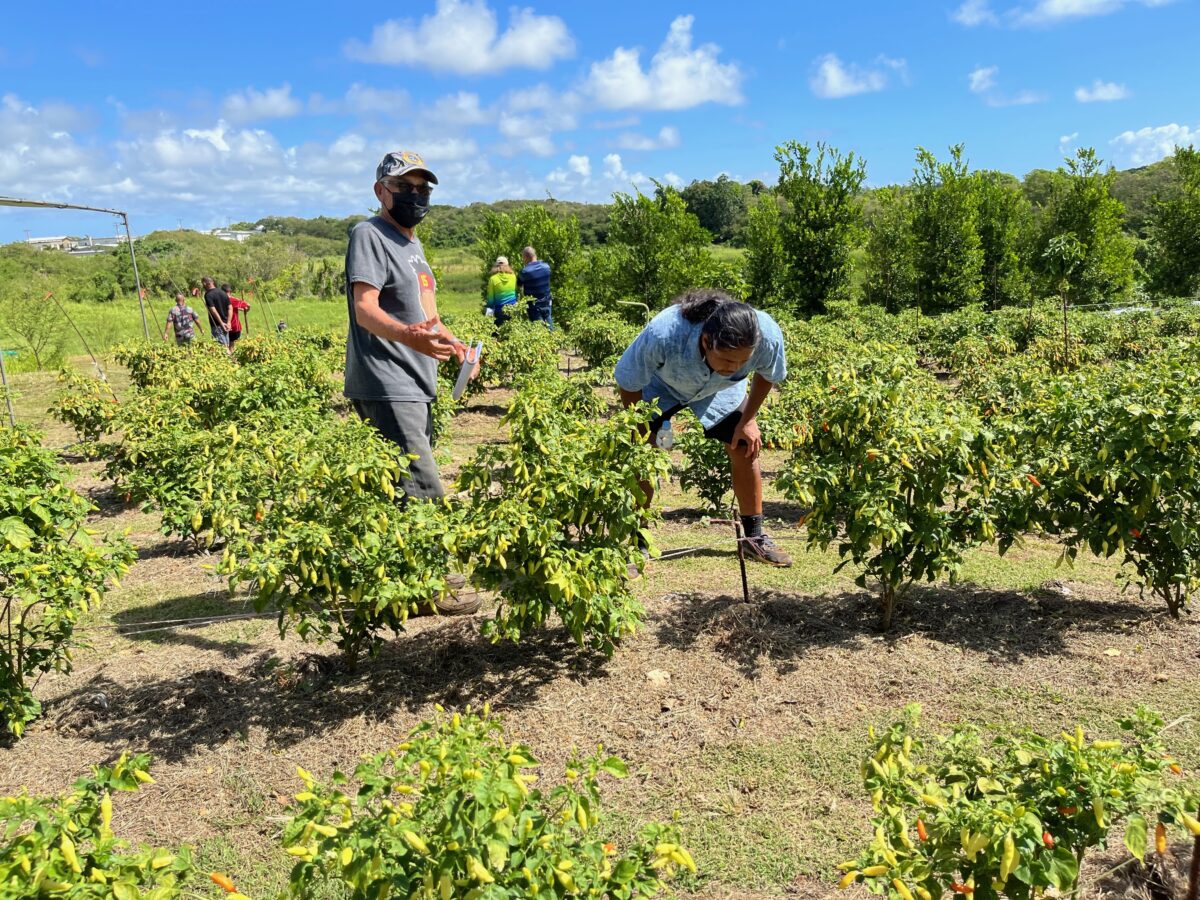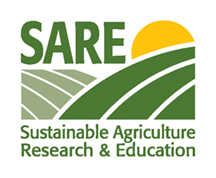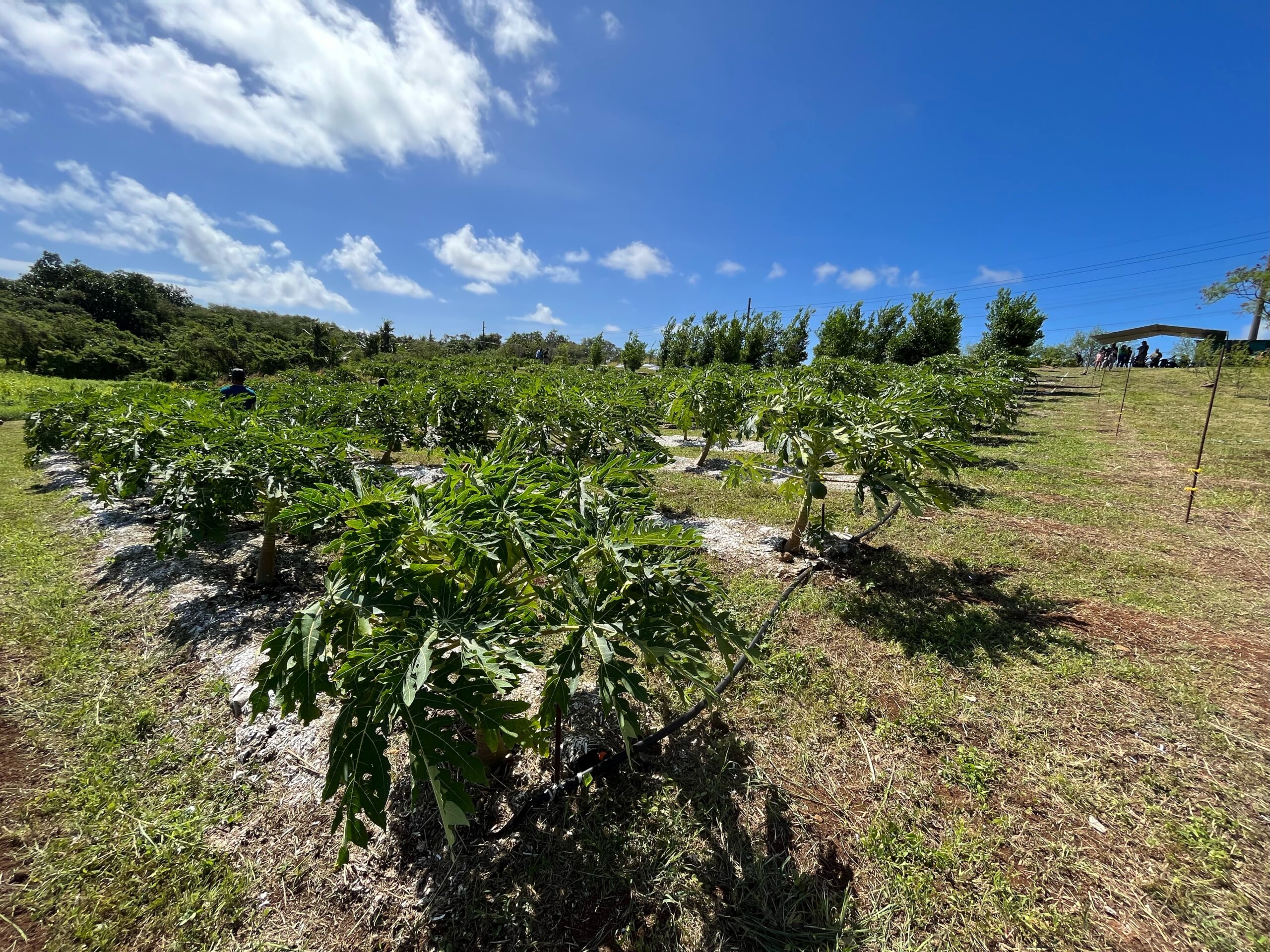
Cardboard sheet mulching diverts paper products from the landfill and inspires rural family farmers to incorporate innovation into traditional practices.
The reason I wanted to experiment with cardboard was because I work at the school and see all the cardboard loaded in the bins every week. ... Our local grocery stores, the mom-and-pop stores always have so much. Being on a tiny island, space is scarce. ... I always preach and teach in school to reduce, reuse, recycle, so I decided to try to use the cardboard as a mulch cover to reduce weed growth.”
—Glenn Takai, Farmer/Rancher Grantee
Concern for Guam's Waste Management
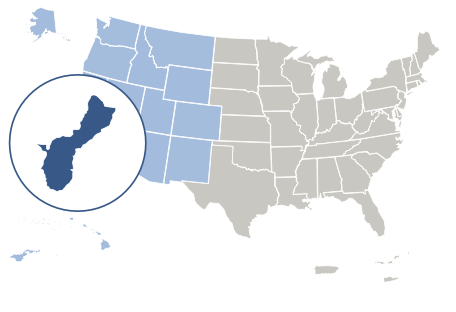
Region: Western
State: Guam
Grant Type: Farmer/Rancher
Grant: FW19-348
SARE POST-PROJECT EVALUATION IMPACT MODEL
This evaluation impact model is specific to this SARE-funded project.
Sustainability Impacts
The project grantees and stakeholders contributed to the following sustainability impacts:
- Environmental sustainability impacts
- Economic sustainability impacts
- Production efficiency impacts
Grantee Indicators
(Farmer/Rancher)
Project grantees (defined above) achieved sustainability impacts by engaging with the following indicators through involvement with project activities:
- Increased knowledge/skills
- Increased capacity/motivation
- Increased engagement
- Practice change
- Career growth
Stakeholder Indicators
(Farmers, Students)
Project stakeholders (defined above) achieved sustainability impacts by engaging with the following indicators through involvement with project activities:
- Increased knowledge/skills
- Increased capacity/motivation
- Increased engagement
- Practice change
The Success Story
In Guam’s tropical climate, weeds grow quickly. Many farmers combine chemical herbicides with bush cutting using high-powered gas trimmers to suppress weeds, but these methods have drawbacks. Herbicides leach into freshwater systems. Bush cutting does extensive damage to crops and can be very costly but its alternative, hand weeding, has high labor costs. Takai successfully tested cardboard as a sheet mulch to manage weeds and found it significantly reduced weed propagation, eliminating the need for unsustainable weeding approaches while diverting paper products from the landfill. Neighboring villagers who observed Takai’s success are now applying the same mulching techniques.
I am still experimenting, but mulching, hands down, is going to be the way to go compared to not mulching. I wouldn’t do without it."
—Glenn Takai, Farmer/Rancher Grantee
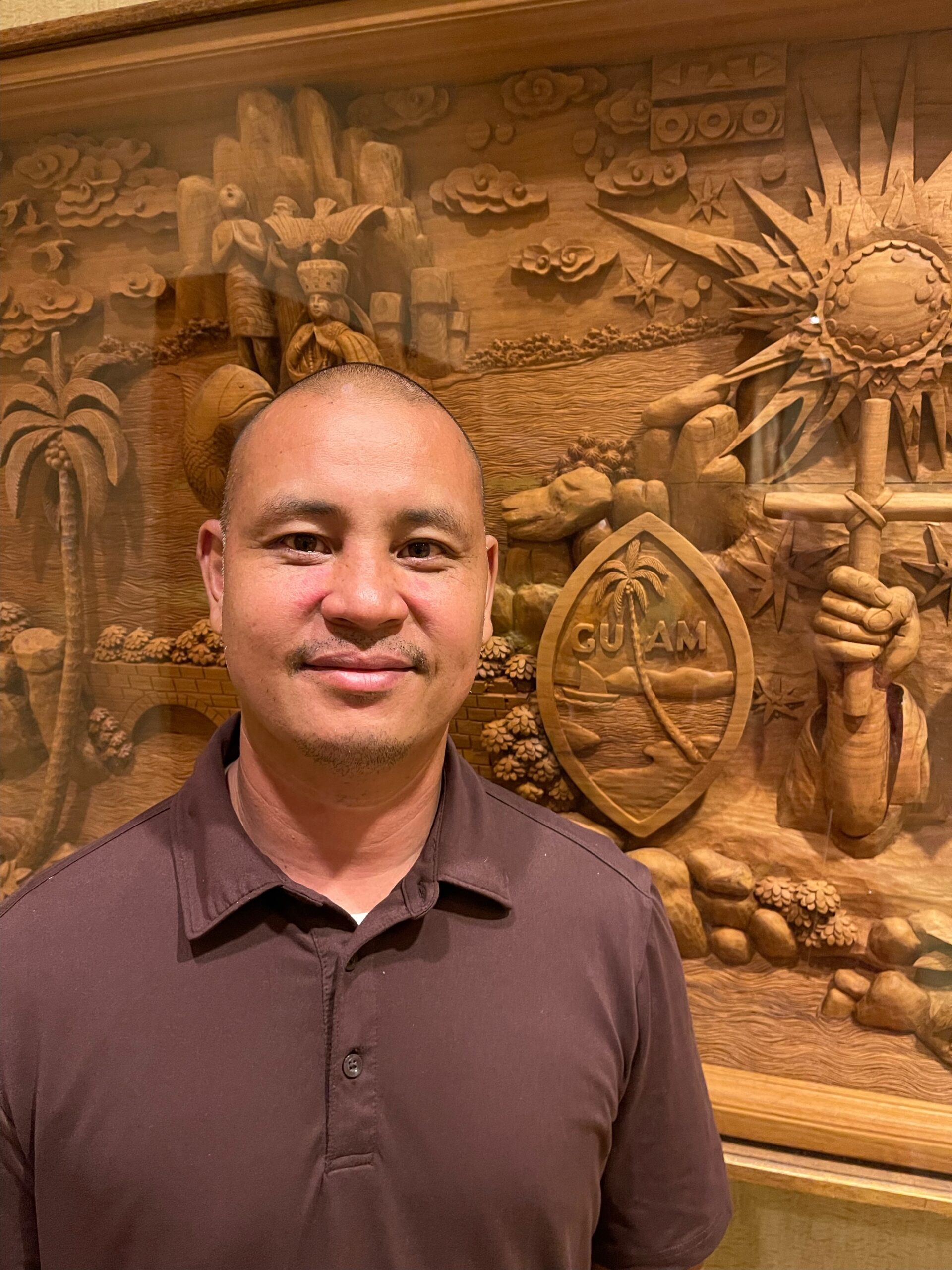
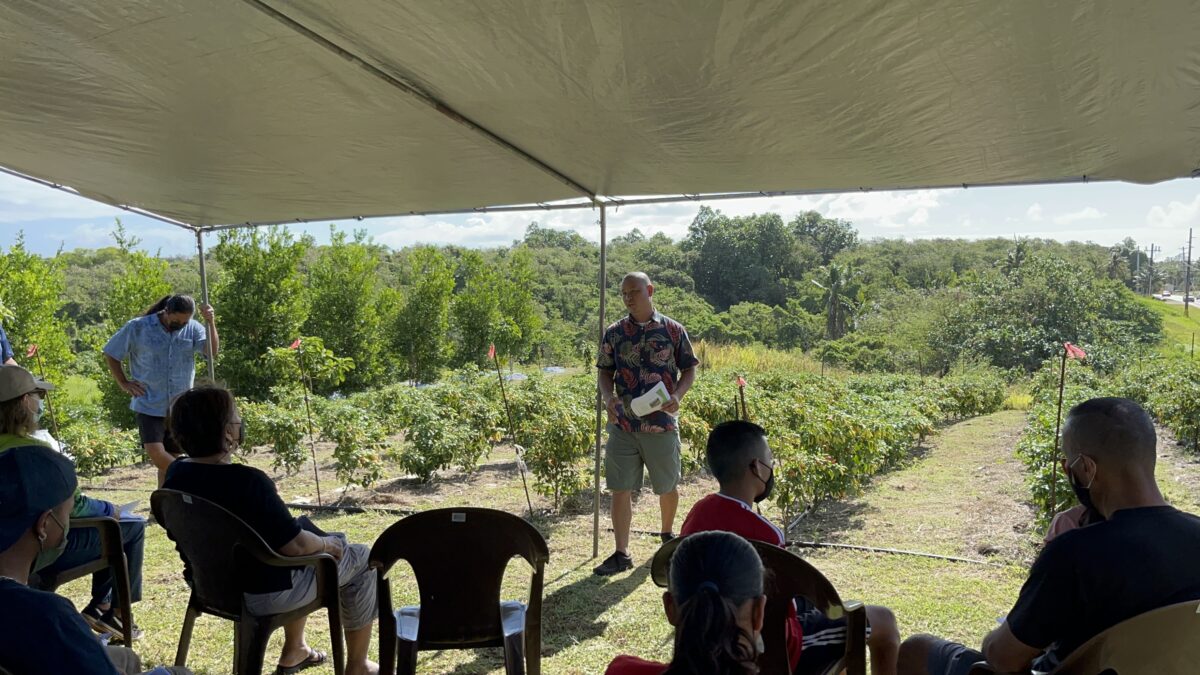
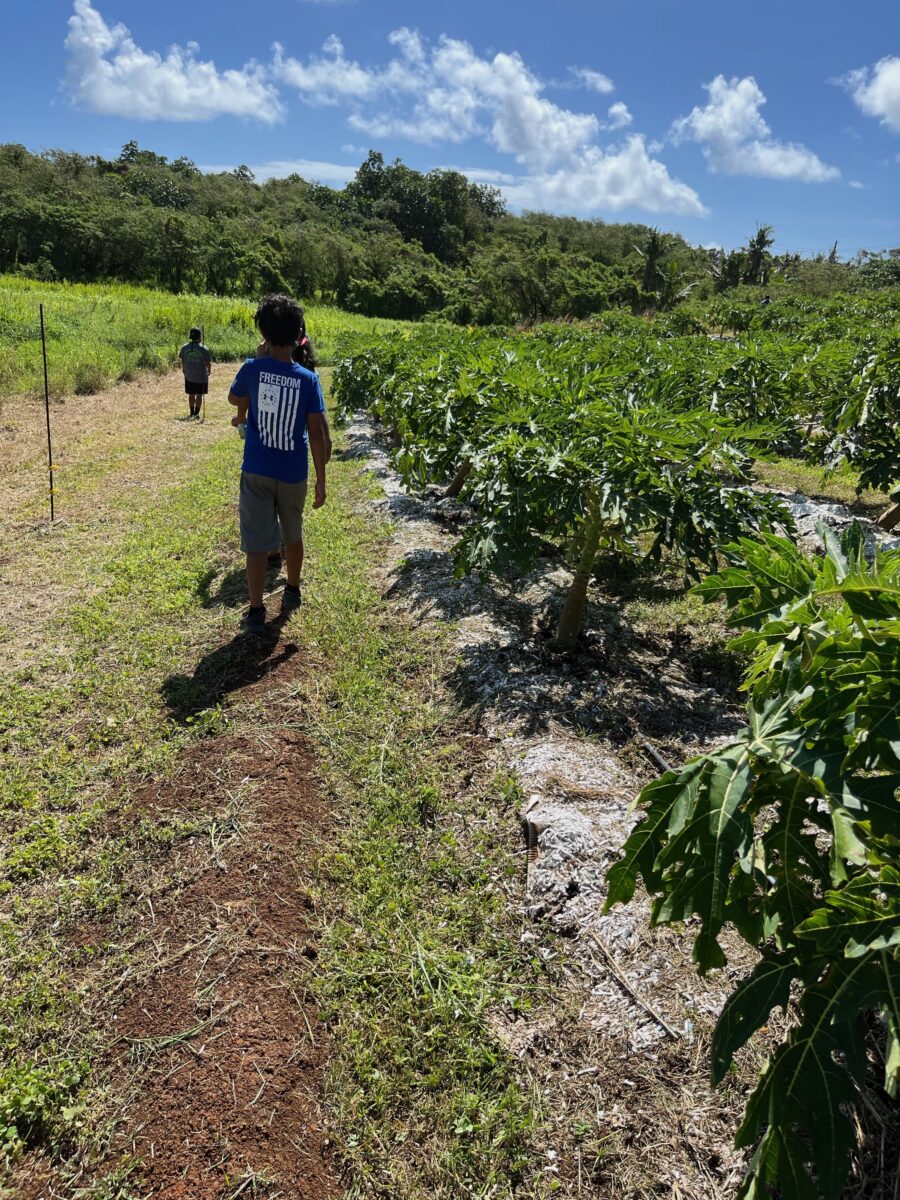
Grantee (Farmer/Rancher) Highlights
Farms in Guam are commonly cultivated year after year without periods of fallow so the soil has no time to replenish essential nutrients. In addition to cardboard, Takai tested incorporating chipped branches from nitrogen fixing trees (NFTs) as an additional source of organic matter to improve soil quality. Upon completing the project, soil tests did not show adequate nitrogen buildup in the soil. To continue his learning, he is currently testing shredded paper as a cardboard alternative that allows more air flow and may facilitate better nitrogen delivery. Notably, Takai has received additional funding from university researchers whose grants allow them to fund sustainable farming equipment. According to Takai, he was selected because his SARE-funded project demonstrated he is capable of making good use of resources.
Other Stakeholder (Farmers, Students) Highlights
Guam is a small, remote island where dissemination and uptake of innovative sustainable farming practices is slow. Moreover, family farmers are often attached to continuing practices learned from previous generations rather than trying new methods. By demonstrating the effectiveness of paper mulching on his farm, Takai prompted family farmers in his village to adopt this approach on their land as well. Takai’s farm is also a demonstration site for the University of Guam. Students regularly visit for field days and workshops facilitated by his University Extension technical advisers.
Demonstrating On-Farm Innovations Encourages Uptake
Our families that farm grew up seeing what mom and dad did, what grandma and grandpa did, so post-secondary education and a lot of the research are not valued as highly as I think they should be. There are local practices that sometimes the university has no grip on as well. It’s that balance of meeting both worlds right in the middle... My farm is right along the main road so people are really curious. A lot of uncles and elders are popping in, ‘What are you doing here?’ ... As I stuck with it, people noticed and then when they’re doing it on their fields they would ask me to come over to take a look, ‘Is this being done right? Where are you getting your cardboard?’”
—Glenn Takai, Farmer/Rancher Grantee
Sustainability Impacts
Cardboard mulching improves soil health, supports moisture retention, and reduces the need for chemical herbicides which improves water quality. Takai and neighboring villagers are now applying this method from season to season. By reducing bush cutter use, these farmers are limiting disease spread and their produce is going to market with less damage. Takai attributes this, at least in part, to the mulch preventing weeds from drawing nutrients away from the plants. He and others in his village are also increasing the economic sustainability of their enterprises by reducing hand-weeding labor costs. It is noteworthy that Takai’s mulching approach nearly doubled the pepper yield on his test plot.
Barriers
Weather has been an ongoing challenge. During the grant, two weeks of heavy rain prevented Takai from doing the 2.5-week weeding intervals he had planned for non-mulched rows. Rather than allow this to derail him, he added another comparison group of rows that he weeded at one-month intervals for the remainder of the study. This was in addition to weeding some rows according to the original schedule once the rain subsided. More recently, a slow- moving typhoon decimated his farm, but Takai was rebuilding it at the time of the interview.
Extreme Weather is an Ongoing Challenge
This storm had winds above 100 and it stayed on top of the island for so long. That’s what created most of the damage. It destroyed the farm.”
—Glenn Takai, Farmer/Rancher Grantee
Contributors
Takai has an undergraduate degree in agricultural science, which enabled him to develop a well-designed study comparing randomly selected treatment and control rows of plantings with a completely randomized block design. Two technical advisers at Cooperative Extension also helped him troubleshoot challenges. Takai is a motivated on-farm researcher eager to test additional strategies. He has proposed a new SARE grant project that integrates laying chickens into the ecosystem to see if their manure balances the nitrogen in the soil. An added benefit, the chicken manure would reduce inorganic fertilizer costs.
I’m proposing to have integrated livestock–laying chickens with a dry litter system where the manure would reduce the need for inorganic chemical fertilizers and provide the nitrogen sources that would help the breakdown of the cardboard and carbons. That would also add local eggs to the market.”
—Glenn Takai, Farmer/Rancher Grantee
Motivation for Continued On-Farm Research
